A Subtle Change in Your Fingertips Could Signal a Deadly Disease, Doctors Warn
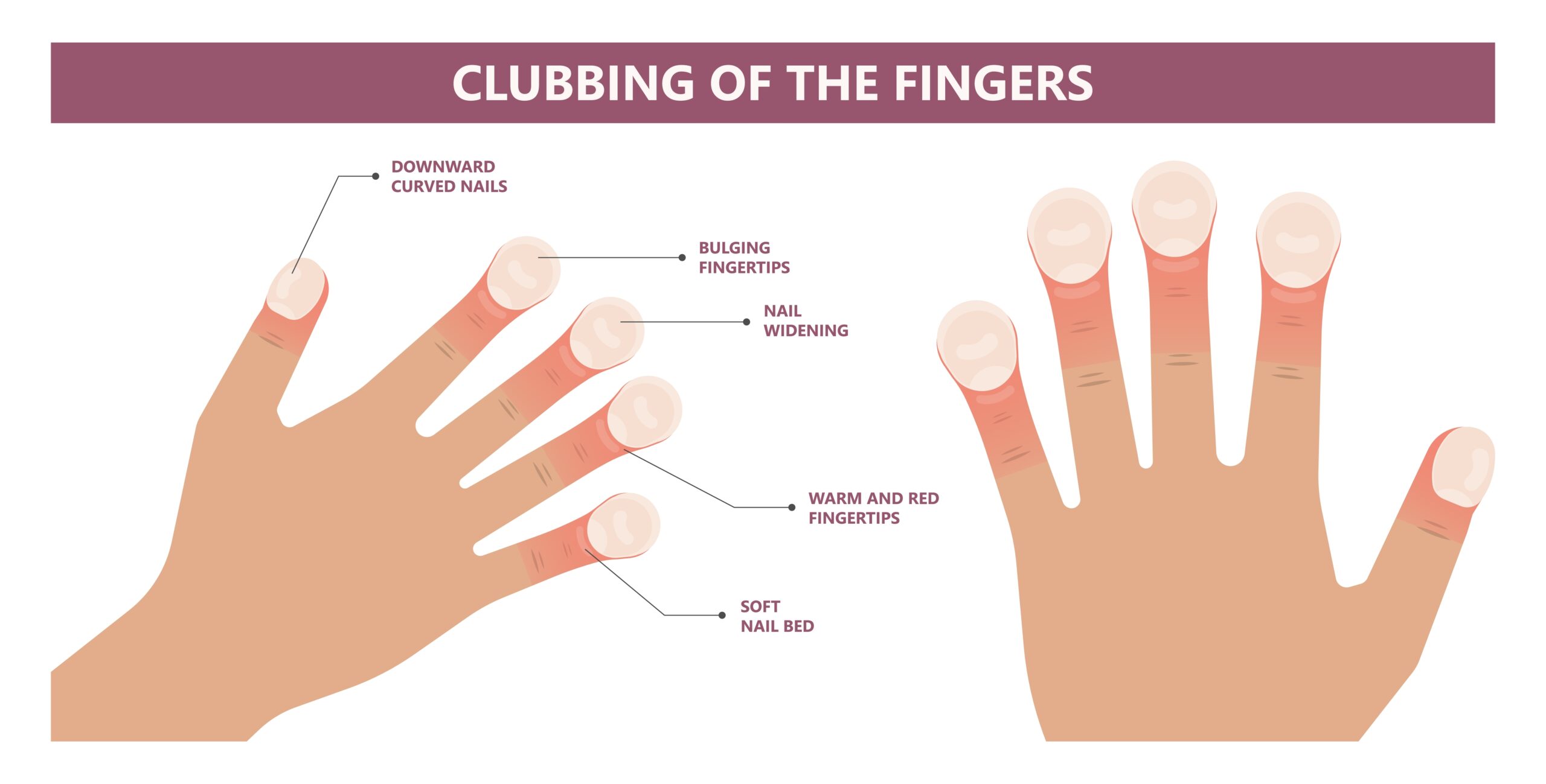
Sometimes, the smallest details tell the biggest stories. The way a breath catches in your chest, the rhythm of your heartbeat, or the curve of your fingernails are not random features but quiet expressions of what’s happening beneath the surface. The human body is a miracle of communication, constantly translating inner chaos or harmony into physical form. Yet, most of us are too busy, too distracted, or too afraid to truly listen. We scroll through symptoms, self-diagnose, or dismiss changes as nothing serious because we’ve been conditioned to only pay attention when something hurts.
But pain isn’t always the body’s first language. Sometimes, it starts with a whisper. One of those whispers is called “clubbing.” It doesn’t come with warning bells or screaming symptoms. It creeps in gently, reshaping your fingertips as if sculpted by invisible hands. And while at first glance it may seem harmless, just a strange change in nail shape or texture, it could be the body’s subtle way of saying, “I need you to notice me before it’s too late.”
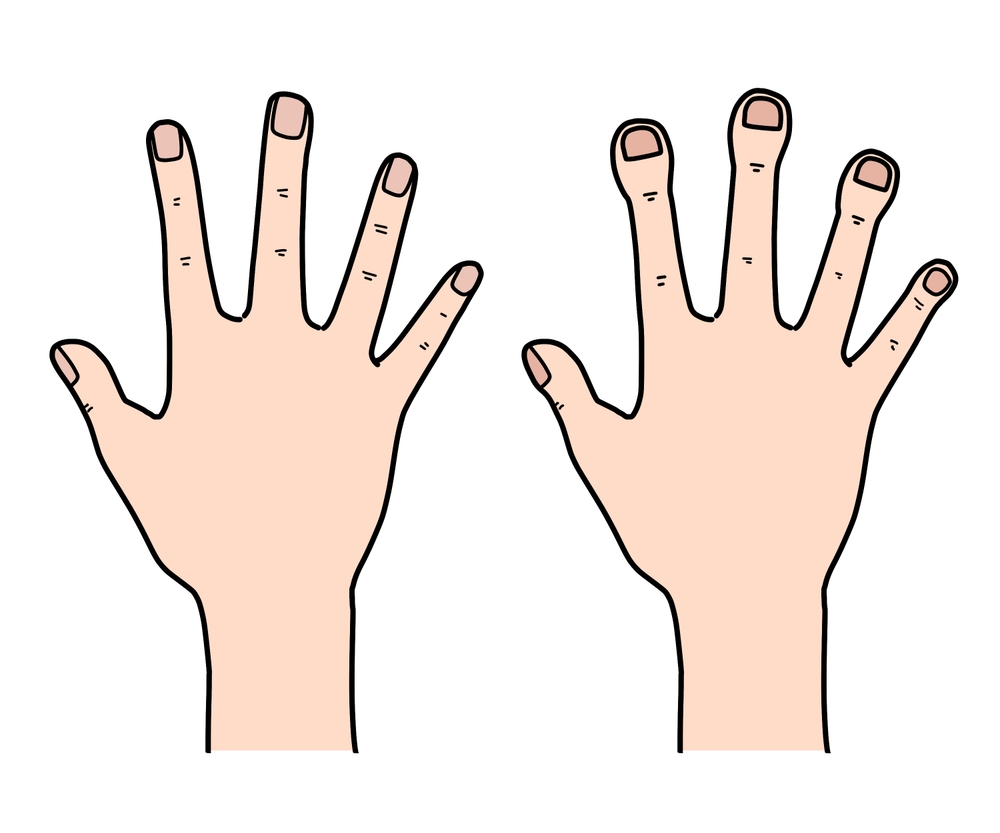
What Is ‘Clubbing’?
Clubbing, medically known as digital clubbing, is not a new phenomenon, but it remains one of the most fascinating and underrecognized signals of disease. According to the Cleveland Clinic, it refers to a visible and structural change in the nails and fingertips, where the nails begin to curve downward and the fingertips enlarge. This curvature can make the nails look like an upside-down spoon, soft and warm to the touch, as if the skin itself were alive with quiet urgency. It can start subtly, with one or two nails at first, often the thumb or forefinger. Over time, it can spread across multiple digits, reshaping them into something distinctly different from what they once were.
This condition is more than cosmetic. It is physiological evidence that your blood, your oxygen, your very breath, is not moving through your body as it should. When oxygen levels drop consistently, the body releases growth factors that expand tissue in the nail beds and fingers. These microscopic changes, over weeks or months, build a visible sign of an invisible imbalance. And while the transformation may seem small, its implications are not.
Dr. Chin Kai Huang, a podiatrist at Guy’s and St Thomas’ Hospital in London, warns that clubbing is often one of the most significant signs of underlying disease that doctors encounter. He explains that it can point to serious conditions such as liver disease, lung disorders, or gastrointestinal problems. The nails, which most of us see as aesthetic details, become messengers, revealing what blood tests and scans later confirm. In this way, the fingertips become storytellers of our inner world, showing us that even the smallest parts of our bodies are connected to the grand, intricate machinery of life itself.
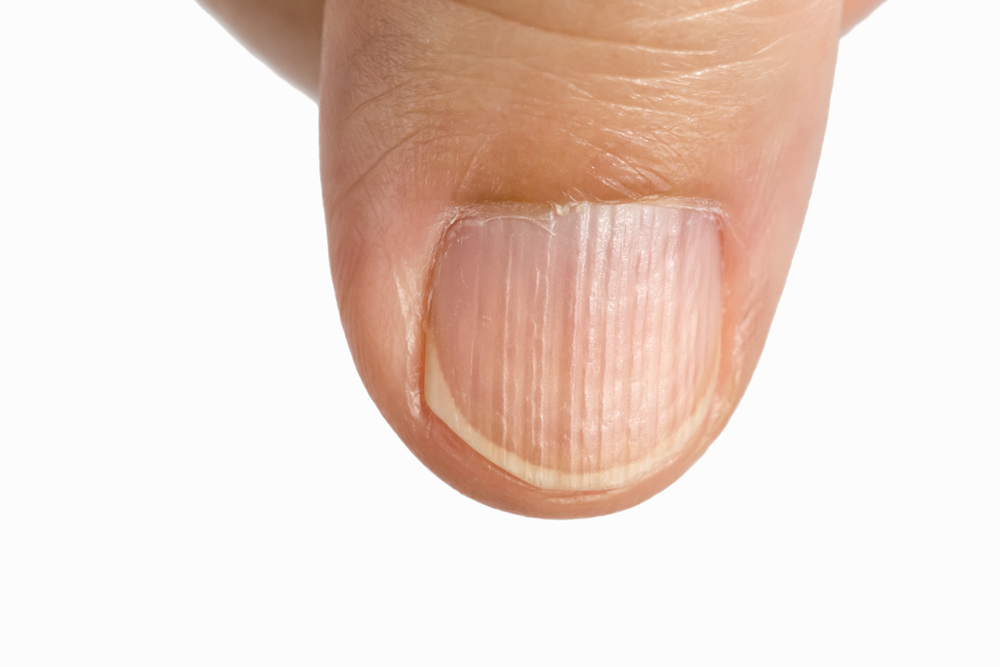
The Hidden Dangers Behind Nail Clubbing
What makes clubbing so hauntingly powerful is not its appearance but what it represents. It’s often associated with chronic and sometimes deadly illnesses, the kind that quietly shape a person’s life long before diagnosis. The Cleveland Clinic links nail clubbing primarily to diseases of the heart and lungs, including lung cancer, cystic fibrosis, pulmonary fibrosis, chronic lung infections, and cardiovascular disorders. These conditions share a common theme: they interfere with the oxygen your blood carries to your tissues. Without enough oxygen, the body improvises, altering circulation, expanding tissues, and reshaping the nails in an effort to adapt to an environment that can no longer sustain balance.
A 2012 study conducted by Dr. Malay Sarkar, a leading lung cancer specialist in India, revealed that nearly 90 percent of clubbing cases were linked to lung cancer, making it one of the most striking physical clues doctors can observe. Yet it affects only about 5–15 percent of lung cancer patients, meaning it’s not universal. But when it appears, it’s often an unmistakable signal of disease progression. The paradox is that clubbing doesn’t hurt. It doesn’t limit motion or cause discomfort. It doesn’t cry out for your attention. That’s what makes it so dangerous: it’s silent, gradual, and easy to overlook until the underlying condition has advanced.
Imagine the irony. Your fingers, which you use to type, to touch, to create, quietly bear the marks of a hidden illness. They reach out into the world every day, but we rarely look at them long enough to see what they might be trying to say. Clubbing reminds us that awareness is not paranoia; it’s compassion. It’s self-listening. And in a time when we are encouraged to move fast and ignore discomfort, that kind of awareness is an act of rebellion against neglect.
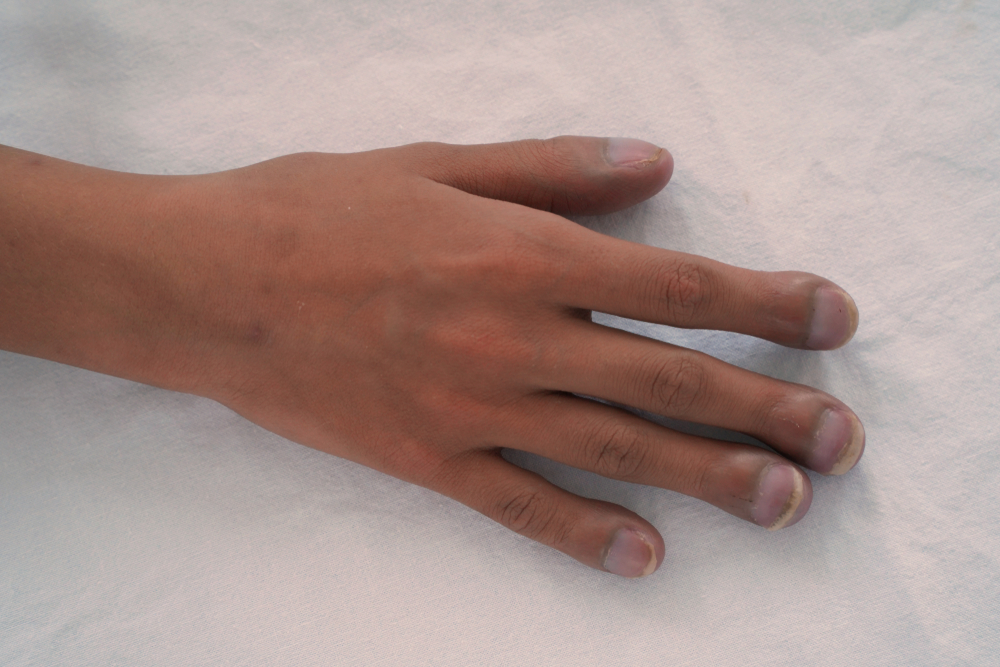
Why the Fingertips Matter More Than You Think
The fingertips are one of the most oxygen-sensitive parts of the human body. Beneath that thin layer of skin lies a vast network of capillaries, microscopic highways for blood and air. Every time your heart beats, every breath you take, oxygen-rich blood flows to your extremities to keep your tissues alive. When something interferes with that flow, whether it’s a lung condition, a heart defect, or a chronic disease, the fingertips know first.
Scientists believe that in cases of chronic oxygen deprivation, the body releases substances like platelet-derived growth factor and vascular endothelial growth factor, which stimulate tissue growth at the fingertips. Over time, this creates the swollen, curved appearance that defines clubbing. It’s biology’s version of an SOS flare. Your body can’t tell you in words that it’s starving for oxygen, so it changes shape to make you notice.
Doctors often say that hands tell the truth long before medical tests do. Pale palms, bluish fingertips, brittle nails—all can indicate something happening deep inside the body. Clubbing is simply one of the more dramatic expressions of that truth. The body, in its infinite intelligence, doesn’t make mistakes; it makes messages. And those messages become clearer the more we learn to interpret them, not through fear but through curiosity, the kind that transforms anxiety into understanding.
The Psychology of Ignoring the Body
We live in an age of endless noise, of notifications, responsibilities, and distractions, and in that constant flood of movement, the subtle rhythms of the body get drowned out. We notice the loud things: the pain, the exhaustion, the diagnosis, but not the gentle warnings that come first. That’s why something like nail clubbing can exist for months or years before it drives someone to seek help. Not because they didn’t care, but because they didn’t think it mattered.
There’s a cultural conditioning at play here. We’re told to “push through,” to “tough it out,” to see rest as weakness and self-care as indulgence. That mindset creates distance, a gap between what our bodies need and what our egos demand. The result is silence. We stop listening. We treat symptoms as inconveniences rather than communications. But ignoring the body doesn’t make it quieter; it makes it scream louder over time.
What would happen if we treated our bodies with the same empathy we offer others? If we viewed awareness not as fear but as respect? Clubbing is a perfect example of why this matters, a small, silent sign that can be the difference between early detection and late realization. Listening isn’t about obsessing over every symptom. It’s about forming a relationship with yourself, one rooted in attention, curiosity, and compassion. The body is not your enemy. It’s your oldest, most loyal friend, and it’s been trying to get your attention all along.
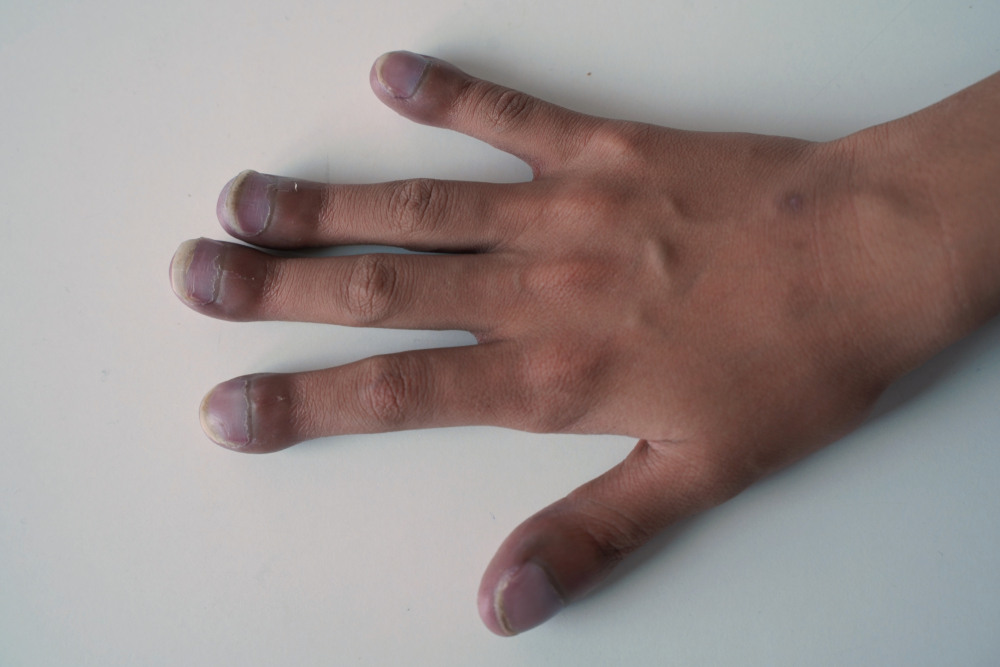
Reflection: Listening to the Language of the Body
Every signal your body gives you is a sentence in the language of life, a language we once understood instinctively but have forgotten in the rush of modern living. Clubbing, in all its quiet peculiarity, reminds us that we are not separate from our bodies. The fingers that type, the hands that hold, the nails that grow are all speaking to us, shaping messages from within.
So maybe this isn’t just a medical conversation. Maybe it’s a spiritual one too. The way your body changes is not random; it’s rhythmic, purposeful, and precise. The universe doesn’t send signs in lightning bolts; it sends them in the details we ignore: a change in color, a deep breath that feels different, a curve in a fingernail that wasn’t there before. Those details are invitations to slow down and reconnect.
Health isn’t about chasing perfection. It’s about partnership, walking hand in hand with your own biology, listening when it whispers, resting when it asks, and acting when it warns. The next time you look at your hands, see them as more than tools. See them as storytellers, carrying wisdom from the inside out. Because the body doesn’t just keep you alive; it teaches you how to live.
Loading...

